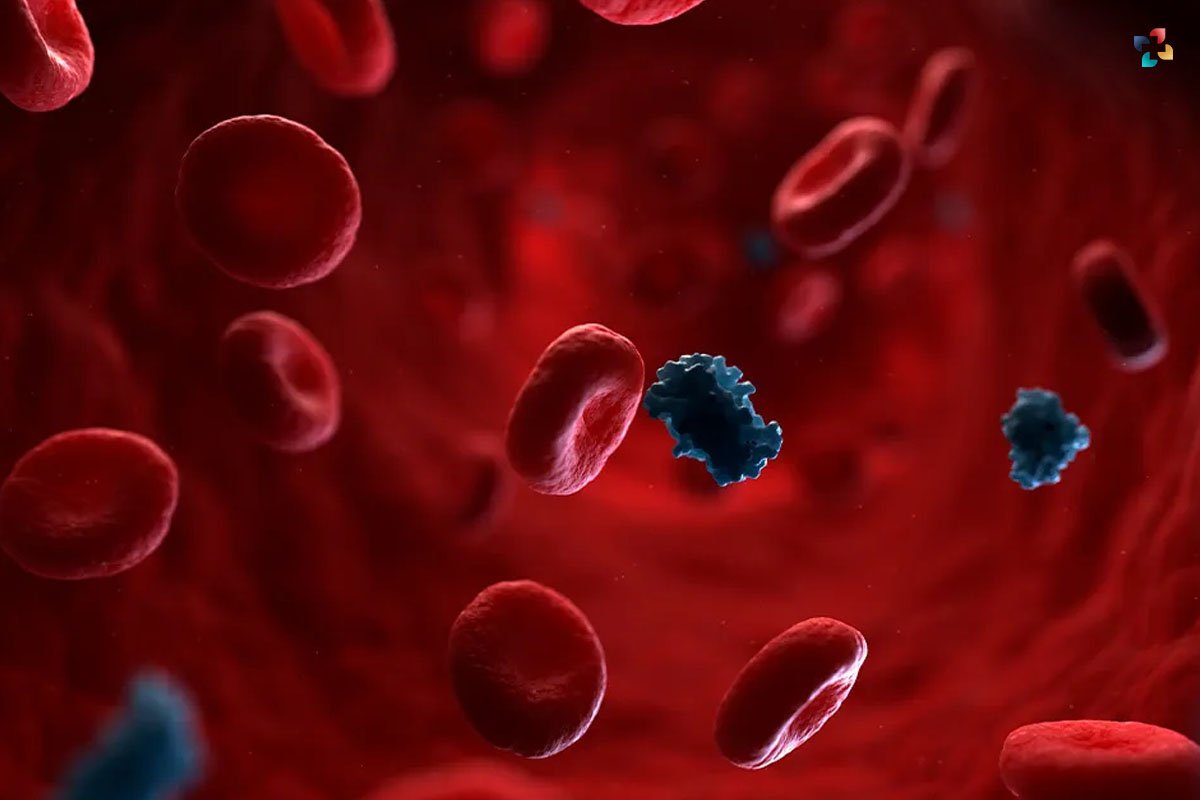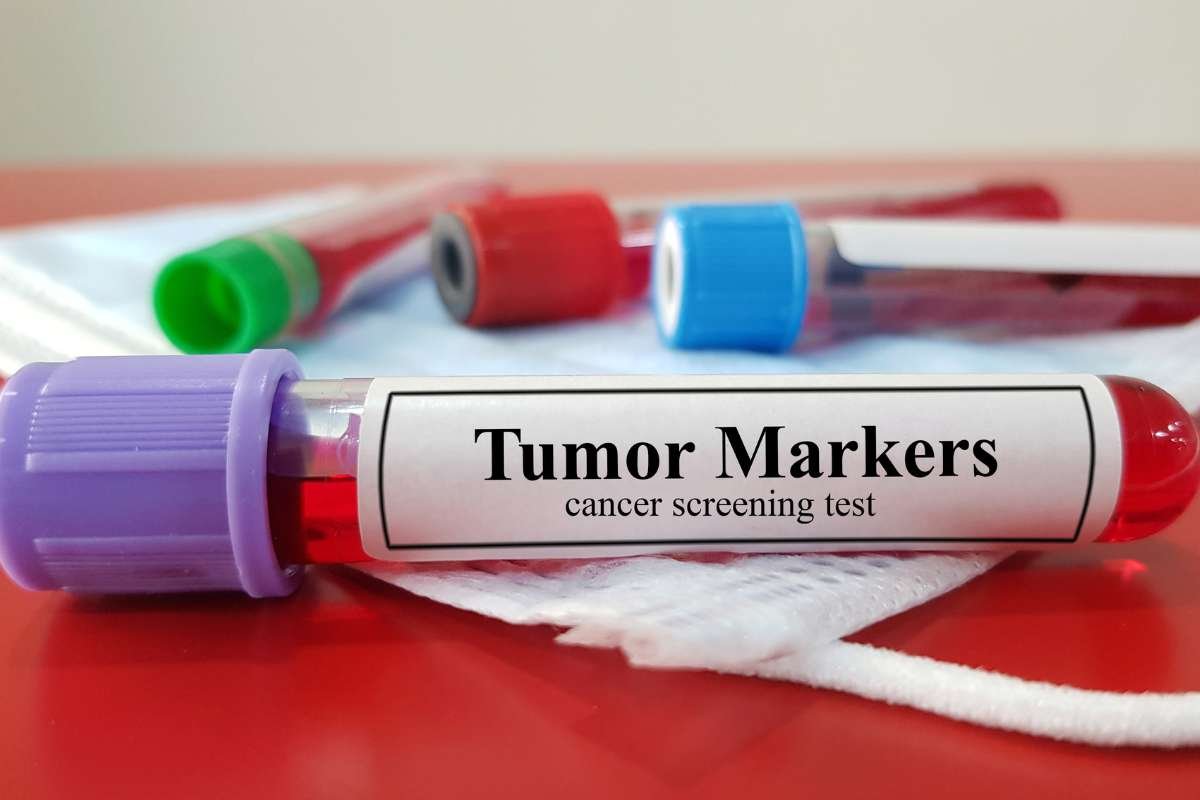Have you ever wondered what the acronym MET signified on a piece of workout equipment? MET is an abbreviation for Things About Metabolic Equivalents, which is one method used by exercise physiologists to measure how many calories are expended during physical activity.
Understanding Metabolic equivalents and how to use them will assist you in determining the optimal physical activities to help your customers accomplish their health and fitness objectives.
What are the Things About Metabolic Equivalents, exactly?
Muscle cells require oxygen to create energy for contractions; the more oxygen you use during (and after) activity, the more calories you will burn. To utilize 1 liter of oxygen, the human body expends around 5 calories of energy. The more oxygen your body utilizes when exercising, the more calories you will burn.
Many typical physical activities utilize Metabolic Equivalents to evaluate energy consumption. One of the Things About Metabolic Equivalents is an individual’s resting metabolic rate (RMR), which is about 3.5 milliliters of oxygen used per kilogram bodyweight per minute (mL/kg/min) and indicates the quantity of oxygen utilized by the body when at rest (such as what you’re doing right now as you read this page).
A 4 MET exercise causes the body to consume nearly four times as much oxygen as while at rest, using more energy and burning more calories.
Here are 6 Important Things About Metabolic Equivalents;
1. The Compendium of Physical Activity assigns MET values to a broad range of physical activities.
Researchers have given Metabolic Equivalents values to a wide range of activities, from typical kinds of exercise to more unusual ones such as pushing a rickshaw. Walking at a moderate speed of 2.8-3.2 miles per hour (mph) on a level, hard surface, for example, is around 3.5 METs, implying that the body uses 3.5 times the quantity of oxygen necessary while sitting motionless at rest.

A MET value of 11.0 is obtained by running at 7.0 mph, which enables you to complete one mile in around 8.5 minutes (meaning your body uses approximately three times the amount of oxygen used while walking and 11 times more oxygen than sitting at rest). Pulling a rickshaw, by the way, is 6.3 METs.
2. If you know the MET value of a physical activity, its length, and a little bit about the person performing it, you may estimate how many calories a minute that person should burn doing that activity.
Ask your client to choose a preferred physical activity or style of exercise and enter the Metabolic Equivalents value into the formula below to see how many calories they burn per minute and if they should increase the intensity or duration to help accomplish a certain goal, such as weight loss:
Kcal/min = METs x 3.5 x BW (kg) / 200.
Shane, for example, is a 40-year-old guy who weighs 195 pounds. You may use this method to calculate how many calories he burns each minute during some of his daily activities:
2 hours of riding at a speed of 12.0 mph (METs: 8.0)
12.4 Kcal/min x 120 = 1488 Kcal 8.0 × 3.5 x 88.6 / 200
45 minutes of explosive resistance training (METs: 5.0)
7.8 Kcal/min x 45 = 351 Kcal 5.0 × 3.5 x 88.6 / 200
3. A pound of fat has around 3,500 calories of energy.

Using the method, you can calculate how long it would take to do a certain activity in order to burn the equivalent of one pound of fat. Using the above example, Shane would need to ride his bike at 12 mph, which burns 12.4 calories per minute, for 283 minutes to burn one pound of fat. If he wants to reduce 10 pounds of body fat, he must bike for 2,830 minutes, or 47 hours, which is more than a full week of work.
4. Should I sit or stand? Many businesses are beginning to recognize the health advantages of giving standing desks to their staff.
In the Things About Metabolic Equivalents values for sitting and standing, we can see that Shane can burn about 30% MORE calories by merely standing for one hour instead of sitting. Moving forward, we can see that it will take Shane roughly 1,250 minutes (nearly 21 hours) of standing to burn one pound of fat.
Standing for 40 minutes vs sitting for 60 minutes at work.
2.8 Kcal/min x 60 = 168 Kcal 1.8 x 3.5 x 88.6 / 200
2 Kcal/min x 60 = 120 Kcal 1.3 x 3.5 x 88.6 / 200
1,250 minutes = 1 pound of fat – 3,500 calories / 2.8 Kcal/min
5. If you want to assist your customers in maximizing their energy expenditure, examine their everyday activities to determine which ones burn the most calories.
While chores aren’t always enjoyable, they may be physically challenging and a great method to burn calories without having to schedule a separate workout session.
It is important to note that “the values in the Compendium do not estimate the energy cost of [physical activity] in individuals in ways that account for differences in body mass, adiposity, age, sex, the efficiency of movement, geographic and environmental conditions in which the activities are performed….the true energy cost for an individual may or may not be close to the stated mean Things About Metabolic Equivalents value as presented.
” In other words, Things About Metabolic Equivalents values may offer a general approximation of how many calories are utilized, but they are not precise. They may, however, be useful in planning more effective exercises and determining how many calories are spent throughout a variety of activities, such as yard maintenance, running errands, or going to the gym for your preferred activity.
6. Typical metabolic diseases
Because metabolism is so complicated, there are several forms of metabolic illnesses. More than 500 metabolic diseases are now listed by the National Center for Advancing Translational Sciences.

Some components of metabolism are affected by metabolic diseases, which may result in a variety of symptoms or problems. They usually happen when the body produces too much or too little of a material. Many metabolic illnesses are caused by genetic abnormalities that disrupt biochemical processes.
People who have any of the signs of a metabolic illness should see a doctor every once. Without treatment, symptoms of a metabolic disease might increase and lead to significant problems.
Also Read: 15 Benefits of Physical Activity











